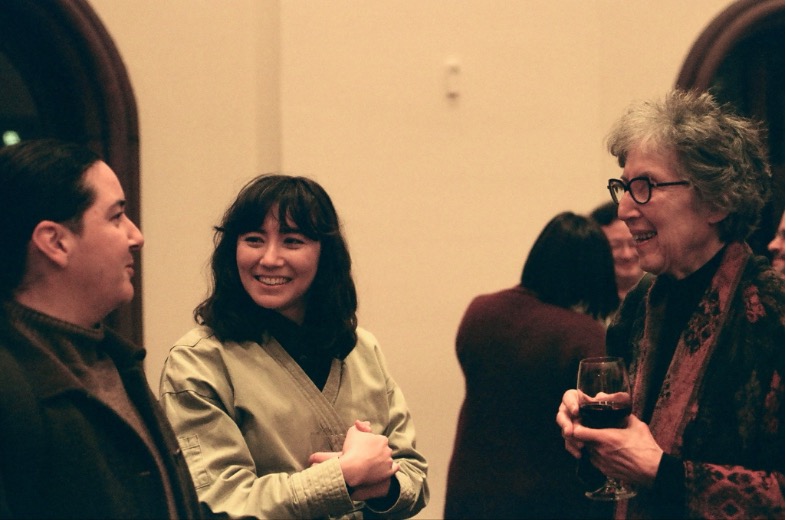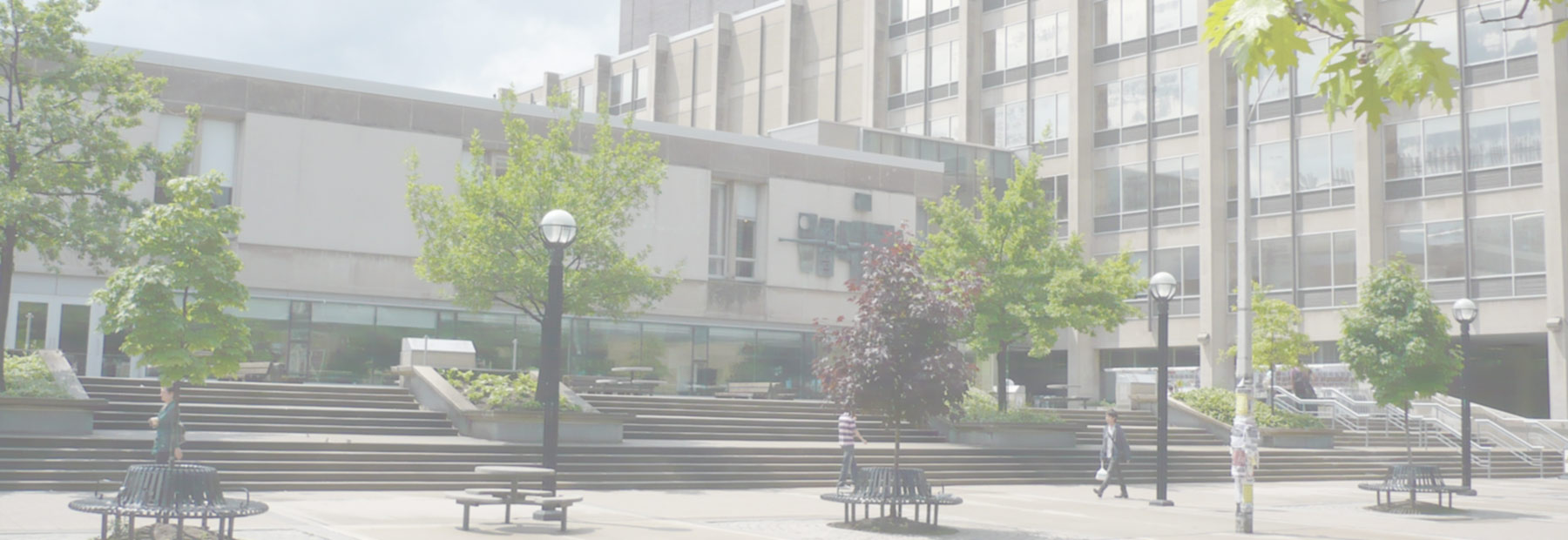This year’s public lectures reflect the multiplicity of interests and viewpoints in the Department of Art History. Record audiences have joined us to hear distinguished scholars from around the world discussing an incredible range of artworks and ideas.
In October 2024, Professor Peter Geimer (Freie Universität Berlin) came to Toronto as the W. Bernard Herman Distinguished Visiting Scholar. He delivered a public lecture titled "The Colours of the Past: On Historical Imagination in Photography and Film.” Geimer examined the controversial practice of digitally re-colouring historical photographs and films, questioning whether the resulting images offer a more authentic view of the past.
Later that month, Professor Patricia Falguières (École des hautes études en sciences sociales, Paris) spent several weeks in the Department as part of the University of Toronto–France Art History Partnership. In her public lecture "Crayfish, Lizards, Clams and Other Knickknacks: What Are We Talking About when We Talk About Nature in 16th-Century Europe?" Falguières addressed the practice of live casting small animals in 16th-century Italy and Germany. She examined the epistemological assumptions surrounding this practice, contextualizing live casting within a longer tradition of representing nature in material and visual culture.
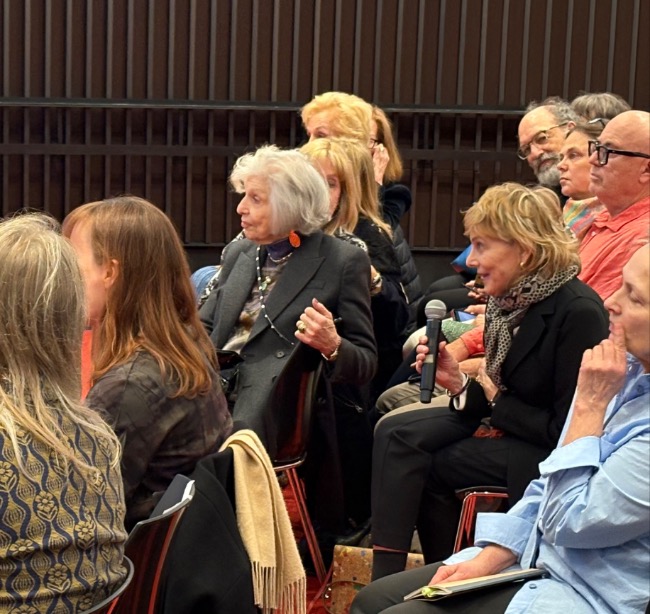
Also in October, the Department hosted an international symposium “Camera/women: Rewriting the History of Photography,” convened by Professor Jordan Bear in honour of Toronto gallerist Jane Corkin. Participants included Patrizia di Bello (University of London), Marina Dumont-Gauthier (PhD candidate, Department of Art History, University of Toronto), Kristen Gresh (Museum of Fine Arts, Boston), Andrea Nelson (National Gallery of Art, Washington), Elizabeth Otto (SUNY Buffalo), and Claire Zimmerman (Daniels Faculty of Architecture, Landscape and Design, University of Toronto). The following day Corkin herself joined critic Brandon Kaufman for a conversation about her career.
Professor Eeva-Liisa Pelkonen (Yale University) visited the Department in November to deliver the public lecture “Architecture and the ‘Crisis of Man,’ 1950–60.” The talk explored how postwar Nordic architects responded to debates about the brutality of the Holocaust and the horrors of nuclear war, aiming to foster human well-being and connection to nature.
In early January, we were joined by Professor Anne Lafont (École des hautes études en sciences sociales, Paris). She presented the public lecture “Fetish: An Object or a Category for the Enlightenment?” Lafont traced the historical evolution of the concept of the fetish from its 15th-century West African origins to its integration into European Enlightenment thought. She explored how African objects were incorporated into the intellectual and cultural framework of the 18th century, particularly in the burgeoning field of natural history and in museum collections.
Later in January, the department hosted the 40th annual Peter H. Brieger Memorial Lecture. Professor Sonja Drimmer (University of Massachusetts Amherst) delivered the talk “Impressive Money: An Art History of Print before the Press” to a record crowd of 110 students and community members. Drimmer argued that medieval coins, produced in large numbers from metal dies, constituted an early form of print culture, and showed how minting became a flashpoint for political controversy.
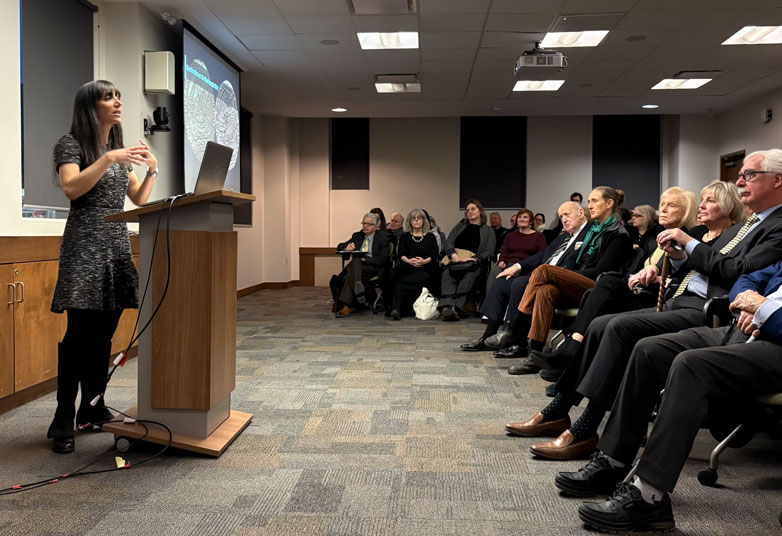
In February, the department hosted the J. Walter Graham Memorial Lecture. Professor Guy Hedreen (Williams College) spoke on “Composite Creatures in Greek and Roman Antiquity: Art, Science, and Imagination.” Hedreen contextualized the hybrid beings depicted on Greek vases in relation to pre-Socratic philosophy.

And on March 3, the department welcomed the latest visitor in our France Partnership, Professor Eric Palazzo (Université de Poitiers). Palazzo’s talk was titled “Sanctity Distilled: The Visual Articulation of Liturgical Theology in the Mixed Sacramentary.” He analyzed the subtle liturgical references in two mediaeval manuscript paintings and explained the sophisticated visual techniques used to convey complex theological principles.
Looking ahead, the department is pleased to welcome the next visitors in our France Partnership series, Professors Jean-Baptiste Minnaert (Sorbonne Université) on April 24 and Jean-Sébastien Cluzel (Sorbonne Université) on July 22. We hope to see you there.
Department lectures are free and open to the public, but advance registration is required. For future events, please check the department website or follow us on social media.
